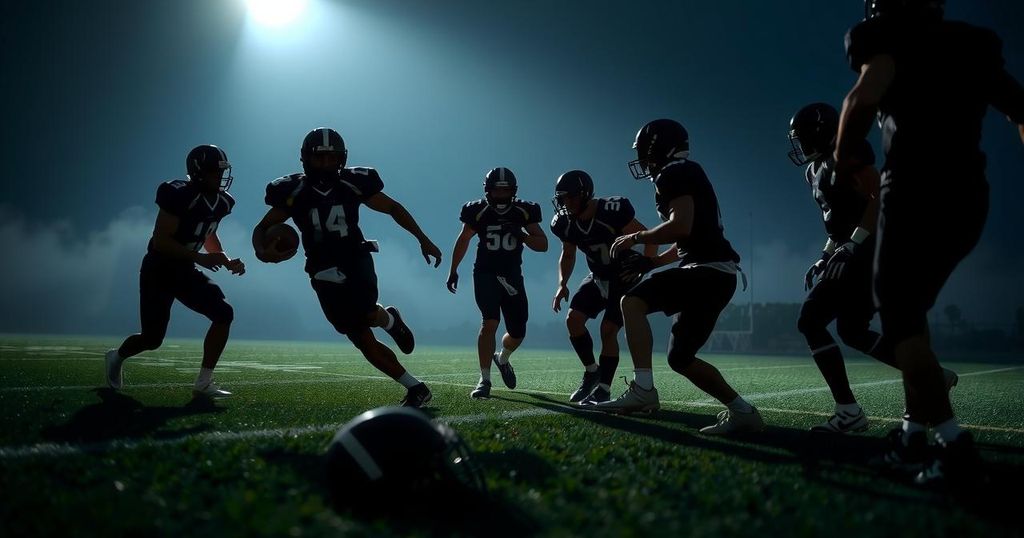The race to improve safety in the Paralympics is essential for protecting athletes’ health. Research shows Paralympians are at significantly greater risk of injuries and illnesses compared to Olympic athletes, with long-distance wheelchair racers like Cheri Blauwet advocating for change based on her personal experience.
### Key Findings:
– At the Rio 2016 Games, 12% of Paralympians reported injuries, outpacing the 8% of Olympians.
– At the Beijing Winter Games, Paralympic athletes had nearly double the risk of injury and illness compared to their Olympic peers.
### High-Risk Sports:
– Sports like football, judo, and alpine skiing are notably injury-prone, with varying risks depending on the athlete’s impairment type.
– Athletes using wheelchairs have heightened risks for shoulder injuries due to the strain on their upper bodies from regular activities and competitive sports.
### Injury Monitoring:
– Data from every Paralympic Games since 2012 is being collected to monitor injuries and illnesses in athletes.
– The ongoing research aims to improve understanding of these risks and improve safety protocols at events like the upcoming Paris 2024 Games.
### Concussion Concerns:
– Concussion risk is particularly high for visually impaired athletes in sports like five-a-side football.
– Standard diagnostic tests often fail to accommodate athletes with disabilities, leading to under-reporting of concussions.
### Safety Improvements:
– Previous modifications in alpine skiing prior to the PyeongChang 2018 Games resulted in a significant drop in injury rates, highlighting that changes can lead to safer competition.
### Legacy of Health:
– The goal is to ensure athletes leave the sport without severe long-term health issues, allowing them to reflect positively on their athletic careers as they age.
– Promoting activity among people with disabilities is critical for their overall health and wellbeing, reinforcing the positive impact of sports on life quality.




